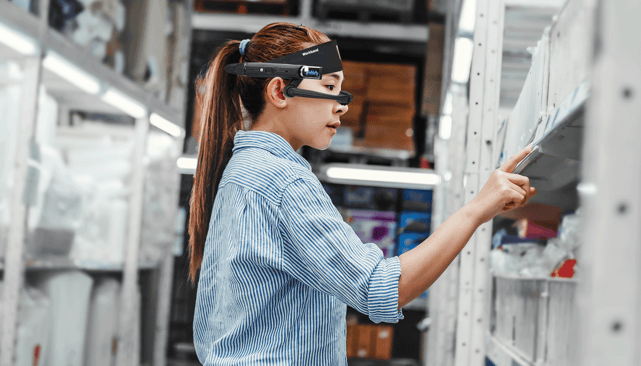The evolving auditing landscapes

Onsite fieldwork is one of the important steps in an audit. Traditionally, consulting and auditing firms sent staff to warehouses or factories for auditing tasks, where auditors have to spend hours or even weeks to complete auditing tasks. That results in costly travel together with an expanding carbon footprint, productivity loss, and poor work-life balance.
However, traditional onsite remote audits are being replaced by remote audits because of their increasing convenience.
"Looking ahead, remote auditing will continue to gain momentum and more organizations will embed it as a new way of working. The traditional onsite audit will become less frequent.”
Seth Goldenberg, Ph.D., Vice president of Veeva Systems
What is remote auditing and how does it work?
A remote audit is a process of conducting an audit remotely, without being physically onsite. Auditors can collect and access evidence exactly as in onsite audits. It can be simpler and more effective with the right remote assistance tools and technologies.
What are the benefits of remote auditing?
-
Improved quality and accuracy

Auditing can be more than an annual task. The remote audit allows firms to do multiple small audits each year and improve audit quality without losing time. For example, remote assistance platforms help auditees to document or take photos immediately in case of any abnormality.
-
Better auditor management

“Audit burnout” is a common problem in the auditing sector, caused by the need for auditors to spend several days or weeks onsite Shifting to remote audits will completely save auditors from getting overly exhausted.
-
Cost-effective
 Switching to remote procedures will automatically help businesses reduce travel costs and the logistics behind them.
Switching to remote procedures will automatically help businesses reduce travel costs and the logistics behind them.

Eliminating travel helps you maintain a sustainable business.
How do remote audits work?
The auditing firm sends the software and hardware auditing kit to clients, where clients and auditors can collaborate remotely throughout the auditing process.
For instance, in an inventory audit, clients can capture images and videos according to auditors’ guidance, and scan barcodes, QR codes, and different digital markers for inventory sampling.
When the audit fieldwork is completed, clients return kits to the audit firm.
| 1 |
Define audit scope |
| 2 |
Assign auditors |
| 3 |
Send auditing device (smart glasses, tablet or mobile phone) to the client |
| 4 |
Schedule video conferencing calls between auditors and client employees |
| 5 |
Perform fieldwork activities remotely |
| 5.0 |
The client uploads documents to a shared cloud server (Auditors will get access rights from the client to review documents) |
| 5.1 |
Auditors schedule and conduct video call interviews with the client’s staff |
| 5.2 |
Client employees can assist with sampling and counts after a live request and guidance from the remote auditor |
| 6 |
Auditors draft report (If auditors discover additional fieldwork is required, restart at Step 5 |
| 7 |
Complete drafts and clients return auditing devices to auditing firm |
How can AMA help you with your flawless remote audit projects?

AMA’s XpertEye is a hands-free and voice-controlled remote assistance software for smart glasses, tablets and smartphones. The solution connects the device wearer to a remote auditor, where the auditor sees exactly what the onsite user sees.
Some of the major features include One-to-One and conference video calls, remote control of the user’s camera (zoom, flashlight), shared workplace (collaborative board, taking pictures, annotations), flexible deployment options (Saas, on-premises, etc.) and secure communication flows.
Performing onsite audits require careful planning, the right technology, and effective communication.
If you want to help your clients through the hassle-free and efficient remote audit journey.
Contact us
Contact us if you want to help your clients through the hassle-free and efficient remote audit journey.

